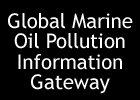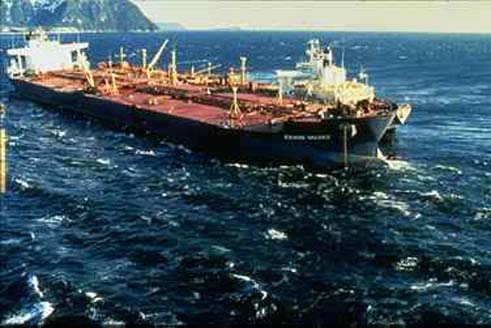|
National
action: CANADA
Environment
Canada
Canadian
Coast Guard: Environmental
Response
British
Columbia Ministry of Water, Land and Air Protection
Private
sector and NGOs actors and initiatives
 Refinery Reform Campaign (U.S.). ••>
Refinery Reform Campaign (U.S.). ••>
 Ocean
Conservancy (U.S.) ••>
Ocean
Conservancy (U.S.) ••>
 Sierra Club (marine committee; U.S.). ••>
Sierra Club (marine committee; U.S.). ••>
 Hawa'ii Oil Spill Center (HSC). ••>
Hawa'ii Oil Spill Center (HSC). ••>
 American Petroleum Institute (API). ••>
American Petroleum Institute (API). ••>
 Oilwatch. ••>
Oilwatch. ••>
 International Tanker Owners Pollution Federation (ITOPF).
••>
International Tanker Owners Pollution Federation (ITOPF).
••>
 International Directory of Oil Spill Cleanup Contractors
and Response Organisations. ••>
International Directory of Oil Spill Cleanup Contractors
and Response Organisations. ••>
 International Petroleum Industry Environmental Conservation
Association (IPIECA). ••>
International Petroleum Industry Environmental Conservation
Association (IPIECA). ••>
Regional
reports on the state of the marine and coastal environment
 Alaska
Department of Environment.
Alaska
Department of Environment.
 UNEP: Global
Environment Outlook 3 (GEO3). Coastal and marine
areas..
UNEP: Global
Environment Outlook 3 (GEO3). Coastal and marine
areas..
 University
of Rhode Island: Large Marine Ecosystems (LME): The
region includes the Gulf
of California,
California Current, Gulf
of Alaska, East
Bering Sea, and Insular
Pacific–Hawaiian.
University
of Rhode Island: Large Marine Ecosystems (LME): The
region includes the Gulf
of California,
California Current, Gulf
of Alaska, East
Bering Sea, and Insular
Pacific–Hawaiian.
|
 |
National
action: UNITED STATES
National
Oceanographic and Atmospheric Administration (NOAA)
US
Coast Guard (USCG)
U.S.
Environmental Protection Agency (EPA)
US
Department of the Interior
 Alaska
Department of Environmental Conservation: Division
of Spill Prevention and Response.
Alaska
Department of Environmental Conservation: Division
of Spill Prevention and Response.
 Alaska Department of Natural Resources: Division
of Oil and Gas
Alaska Department of Natural Resources: Division
of Oil and Gas
 Alaska
Oil and Gas Conservation Commission.
Alaska
Oil and Gas Conservation Commission.
 Prince William Sound
Oil spill Recovery Institute.
Prince William Sound
Oil spill Recovery Institute.
 U.S. Department Fish and Game: California
Office of Spill Prevention and Response (OSPR).
U.S. Department Fish and Game: California
Office of Spill Prevention and Response (OSPR).
 Center for Coastal Studies: Santa
Barbara Channel real time data for oil spill response.
Center for Coastal Studies: Santa
Barbara Channel real time data for oil spill response.
International
actors and agreements in the region
 See
Global action and Global
actors.
See
Global action and Global
actors.
Regional
conventions, agreements, action plans and actors
 U.S.
Pacific States/British Columbia Oil Spill Task Force.
••>
U.S.
Pacific States/British Columbia Oil Spill Task Force.
••>
 North
Pacific Marine Science Organization
(PICES). An intergovernmental scientific organization
established in 1992. Present members: Canada, People's
Republic of China, Japan, Republic of Korea, Russian
Federation, and the United States of America.
North
Pacific Marine Science Organization
(PICES). An intergovernmental scientific organization
established in 1992. Present members: Canada, People's
Republic of China, Japan, Republic of Korea, Russian
Federation, and the United States of America.
|



